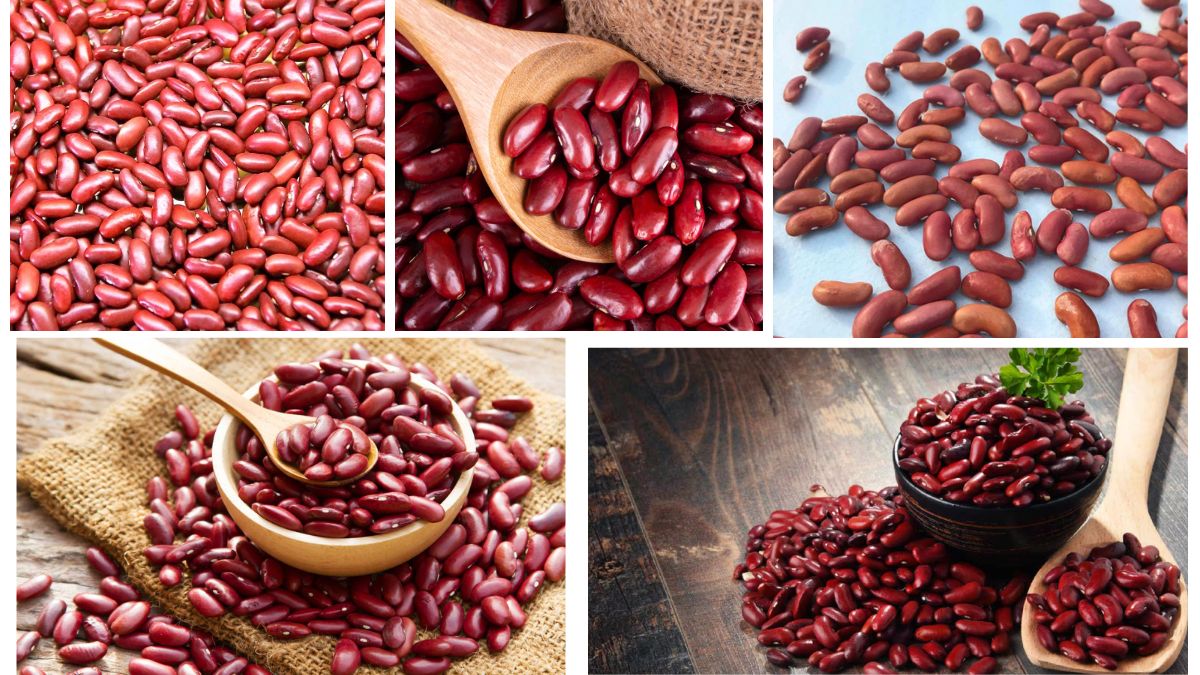Kidney beans, known for their rich flavor, high protein content, and widespread culinary use, are a dietary staple in many parts of the world. From hearty stews in Latin America to spicy curries in South Asia, kidney beans are both versatile and nutritious. As global demand for plant-based protein sources increases, so does the significance of kidney bean production on the world stage.
But which country holds the crown as the largest kidney bean producer in the world? This article provides a detailed exploration of the global kidney bean industry, highlighting the leading producer, factors contributing to their dominance, and the broader implications for global agriculture and food security.
Global Overview of Kidney Bean Production
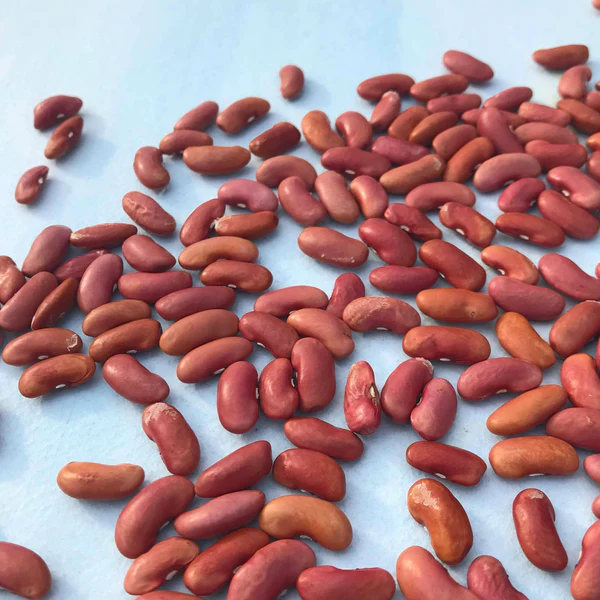
Kidney beans (Phaseolus vulgaris) are a variety of common beans that originated in Central America and Mexico. They are a vital source of dietary fiber, protein, iron, and folate, making them a popular legume in vegetarian and vegan diets. Today, kidney beans are cultivated in many countries across different continents, including North America, South Asia, Latin America, and parts of Africa.
According to data from the Food and Agriculture Organization (FAO), global kidney bean production has steadily increased over the last two decades due to rising demand for plant-based diets, food security initiatives, and increased awareness about the health benefits of legumes.
India: The Largest Kidney Bean Producer in the World
India is the largest kidney bean producer in the world. As of the latest figures available (2023 FAO estimates), India accounts for a significant share of global kidney bean production, surpassing other key producers such as Myanmar, Brazil, the United States, and China.
Key Facts about India’s Kidney Bean Production:
- Annual Production Volume: Over 1.5 million metric tons of kidney beans (known locally as “rajma”).
- Primary States for Cultivation: Jammu & Kashmir, Himachal Pradesh, Uttarakhand, Punjab, Maharashtra, and Uttar Pradesh.
- Climatic Suitability: The cool mountainous regions of northern India provide the ideal climate for kidney bean cultivation.
- Domestic Demand: India has one of the highest per capita consumptions of kidney beans in the world, particularly in the north.
Rajma-chawal (kidney beans served with rice) is a beloved dish in Indian households and plays a cultural role beyond its nutritional value. This domestic love for kidney beans fuels both large-scale production and ongoing research into more productive, disease-resistant seed varieties.
Why India Leads the World
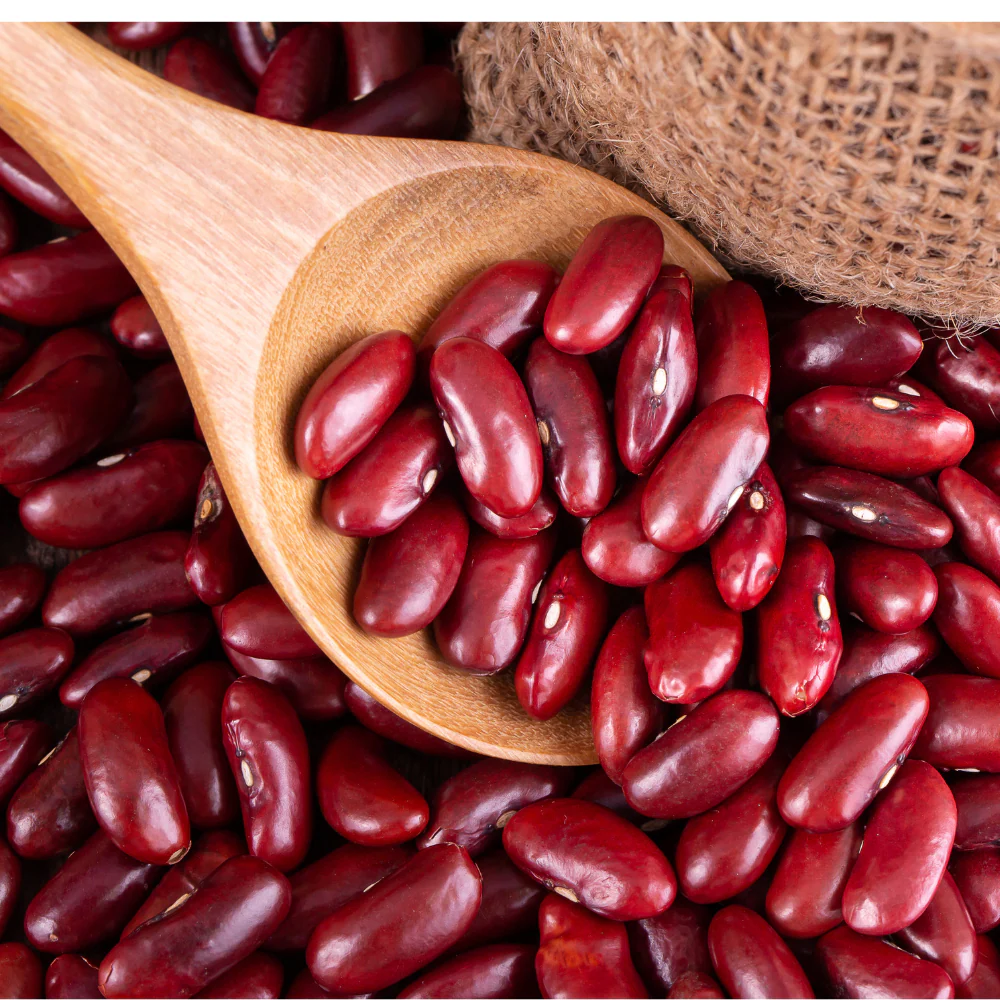
Several factors explain India’s position as the top kidney bean producer:
1. Favorable Agro-Climatic Conditions
India’s diverse climate, especially in the northern belt, supports multiple harvests of legumes throughout the year. The rich alluvial soil in states like Punjab and Uttarakhand contributes to high yields.
2. Government Support and Agricultural Policies
Indian farmers benefit from various government schemes such as subsidies on seeds and fertilizers, minimum support prices (MSP), and access to agricultural credit, which help boost kidney bean cultivation.
3. High Domestic Consumption
Unlike some countries where kidney beans are primarily grown for export, India consumes the vast majority of its production locally, creating a strong internal market.
4. Traditional Farming Practices
Indian farmers have cultivated kidney beans for centuries using traditional methods, combined with newer sustainable practices. Intercropping with maize and wheat also enhances soil health and productivity.
Other Major Kidney Bean Producing Countries
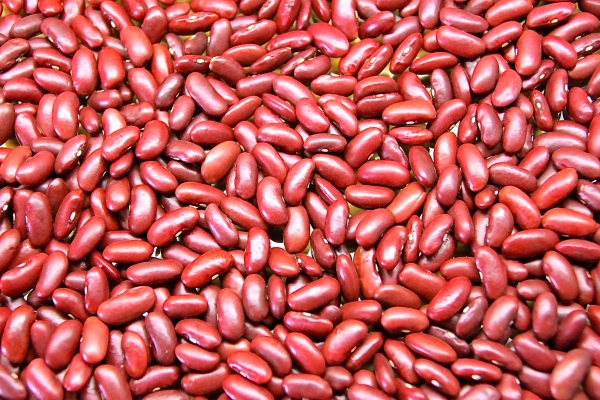
While India is the leader, several other countries contribute substantially to global kidney bean supply:
Myanmar
A major exporter of kidney beans, Myanmar cultivates large quantities for both domestic consumption and global markets, especially in Southeast Asia.
Brazil
Brazil is Latin America’s top kidney bean producer. Beans, including red kidney varieties, are a central component of Brazilian diets.
United States
Particularly in states like North Dakota and Michigan, kidney beans are cultivated using advanced mechanized farming techniques. Much of the production goes toward both domestic use and exports.
China
With a rapidly expanding market for plant-based foods, China has increased kidney bean cultivation in provinces such as Heilongjiang and Inner Mongolia.
Global Trade and Export Patterns
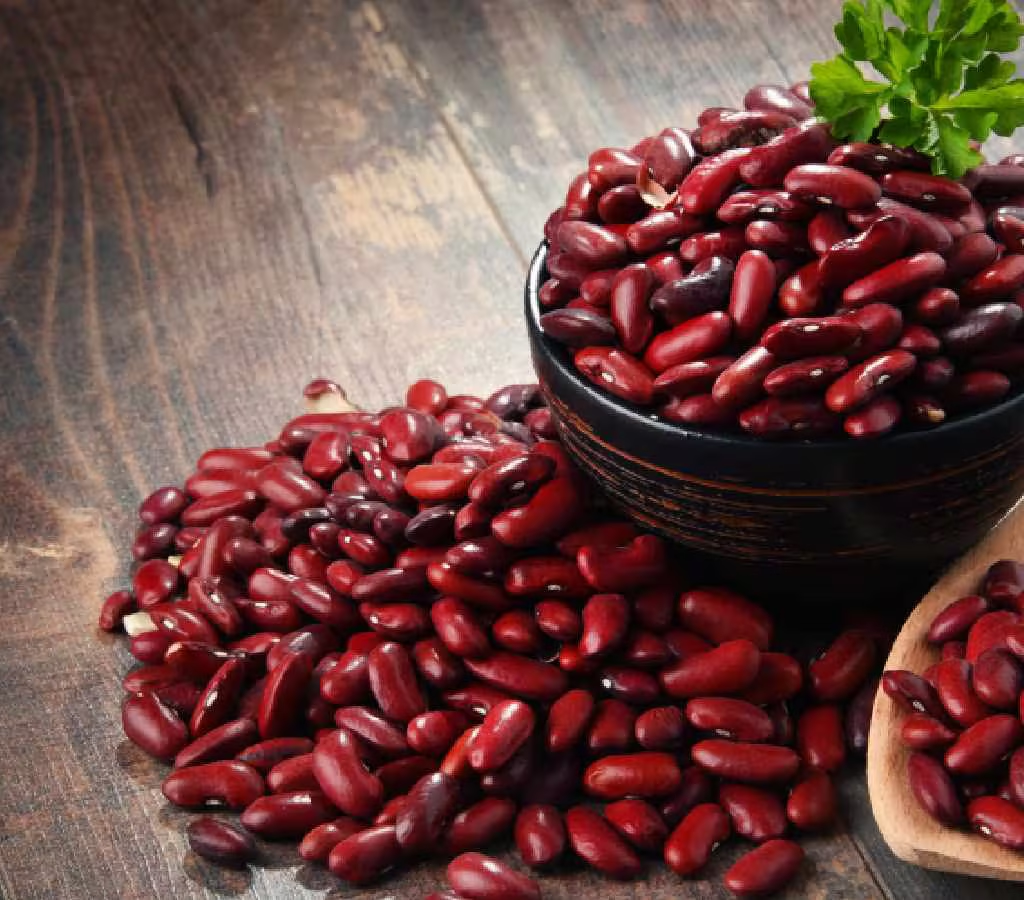
Though India is the largest producer, it is not the largest exporter of kidney beans. The United States and Myanmar are among the top exporters due to their surplus production and focus on international markets.
India, on the other hand, imports some quantities of kidney beans to meet rising domestic demand during lean seasons. This paradox reflects the complex nature of global trade, where top producers may still rely on imports depending on consumption patterns and storage capacities.
Innovations and Research in Kidney Bean Cultivation
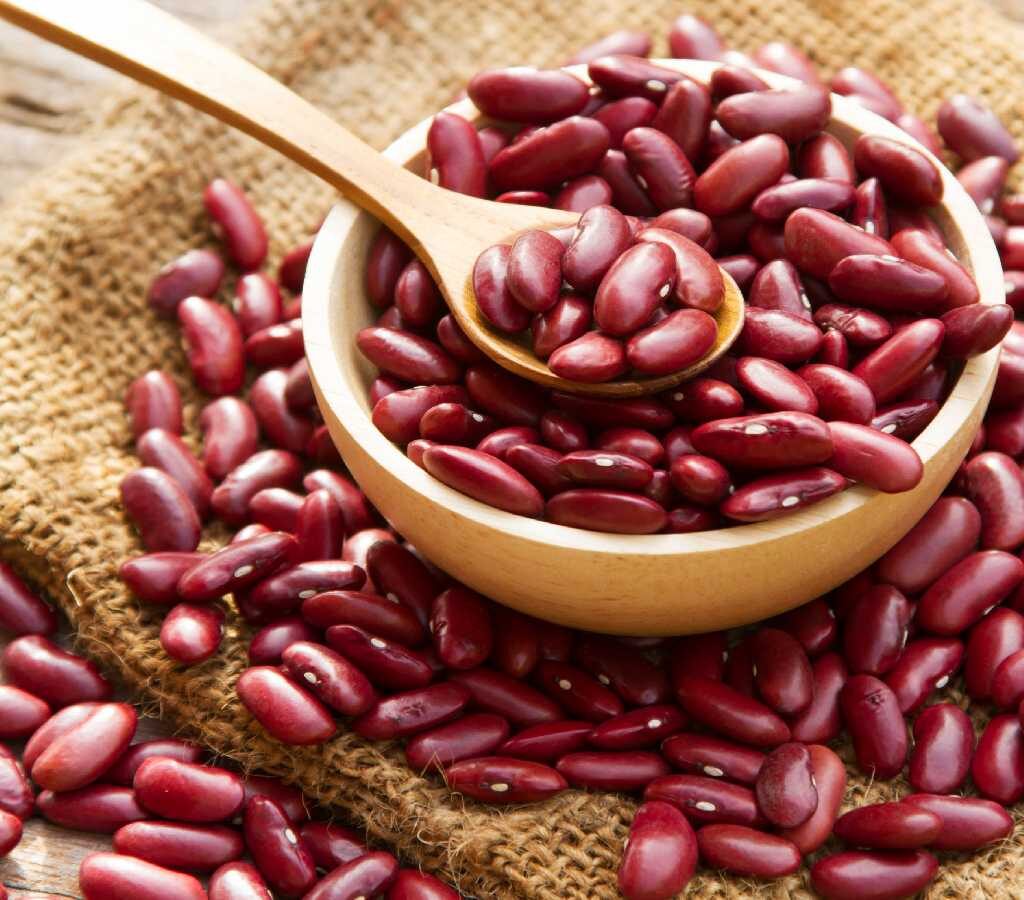
India’s agricultural research institutions, such as the Indian Council of Agricultural Research (ICAR), are continually working to improve kidney bean yields. Key research areas include:
- Development of drought-resistant and disease-tolerant kidney bean varieties.
- Use of bio-fertilizers and organic farming techniques.
- Promotion of precision farming and drip irrigation to conserve water.
These innovations aim to improve both the sustainability and productivity of kidney bean farming, helping India maintain its leading position globally.
Economic Impact
Kidney bean farming provides livelihoods to millions of Indian farmers, especially in hilly and semi-arid regions. With increasing health awareness and the push for plant-based diets, the economic prospects for kidney bean cultivation are growing.
Additionally, kidney beans are a valuable export commodity, though India has yet to fully leverage its production capacity in international markets.
Sustainability and Future Trends
With climate change posing a threat to traditional farming, there is a growing emphasis on sustainable kidney bean farming. This includes:
- Reducing the use of chemical fertilizers.
- Promoting crop rotation and cover cropping.
- Investing in water-saving technologies.
Furthermore, the rising global trend of veganism and vegetarianism is expected to further increase demand for kidney beans and other legumes, making them a crucial crop for future food security.
Conclusion
India stands as the largest kidney bean producer in the world, thanks to its favorable geography, strong domestic demand, and dedicated farming communities. While other countries like Myanmar, Brazil, and the U.S. play significant roles in global production and export, India leads in sheer volume and cultural integration.
As the global population continues to grow and nutritional needs evolve, kidney beans are set to play an increasingly important role in both global diets and agricultural economies. With the right mix of innovation, sustainability, and policy support, India is well-positioned to maintain its leadership in kidney bean production for decades to come.
